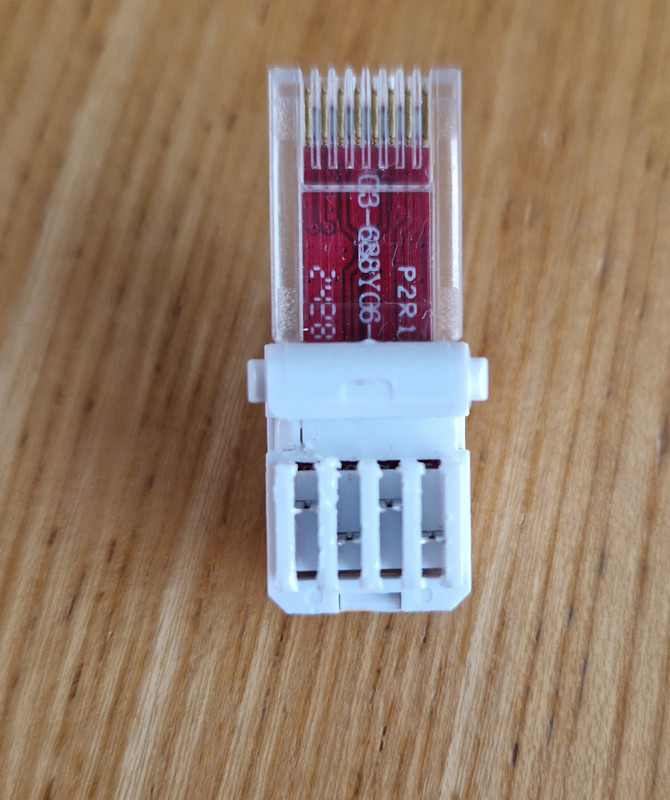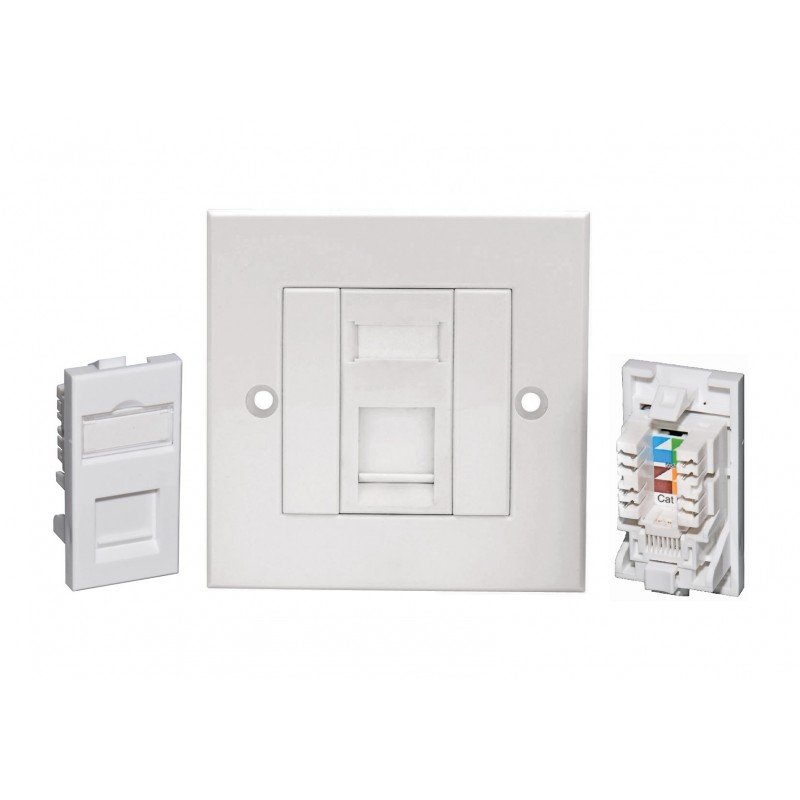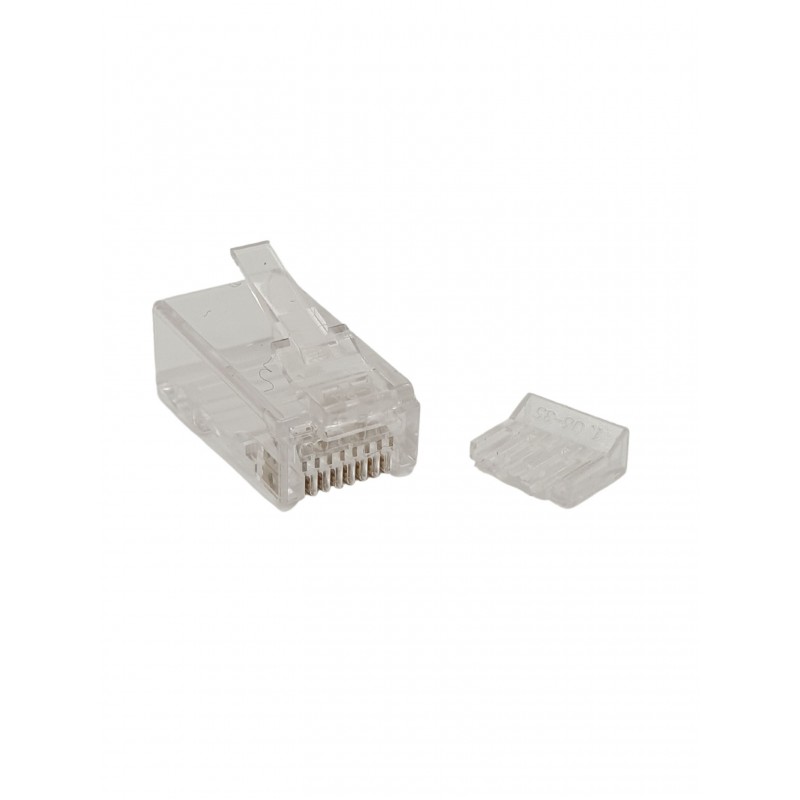Associate
- Joined
- 30 Nov 2013
- Posts
- 22
I thought I was doing the sensible thing by listening to advice (not on OC) and terminating Cat 6 cable with RJ45 plugs with IDC/punchdown connectors and not crimped.
One reason was the cable is to carry POE; the other, the cable is copper core, not stranded.
This is the first time I've had a go at this and assumed that an old punchdown tool (Krone) would do the job.
Not the case, as it happens.
Due to inexperience, I now learn there are several different types of tool; 110, 88, 66, Krone
I've attached a photo of the terminals inside the RJ45. None of the above tools seem to fit.
I've used (and ruined) a spare RJ45 trying to use the Krone. The slots just don't line up.
Any help much appreciated.

It may well be that I'm going down the wrong path and should simply get hold of some standard RJ45 plugs and a crimp tool.
Very happy to hear anything really.
Thanks
One reason was the cable is to carry POE; the other, the cable is copper core, not stranded.
This is the first time I've had a go at this and assumed that an old punchdown tool (Krone) would do the job.
Not the case, as it happens.
Due to inexperience, I now learn there are several different types of tool; 110, 88, 66, Krone
I've attached a photo of the terminals inside the RJ45. None of the above tools seem to fit.
I've used (and ruined) a spare RJ45 trying to use the Krone. The slots just don't line up.
Any help much appreciated.

It may well be that I'm going down the wrong path and should simply get hold of some standard RJ45 plugs and a crimp tool.
Very happy to hear anything really.
Thanks



